On Army Day, the Indian Army showcased its new combat uniform for the first time in public, as commandos from the Parachute Regiment marched at the parade ground in Delhi Cantt, dressed in the new outfit. In this article we explore the new uniform: it’s features and how it differs from the old uniform.
New Uniform: Characteristics
The camouflage outfit will be offered in 13 sizes and will be based on a “digital disruptive” pattern. Here’s everything you need to know about the Indian Army’s new combat uniform:
The new uniform was created with two goals in mind: to protect soldiers from extreme weather conditions and to provide field camouflage to boost survival.
After considering 15 patterns, eight designs, and four fabrics, the new Army Combat Pattern Uniform was created with the support of the National Institute of Fashion Technology (NIFT).
The uniform of the Army is made out of a 70:30 blend of cotton and polyester. The new Indian Army uniform will be made of a lightweight fabric that dries fast, making it more comfortable for the men during the mission.
Both in summer and winter, the new uniform will be far more durable and comfortable.
The outfits, which will have a mix of colors including olive and earthy, have been developed with factors such as the troops’ deployment zones and the weather circumstances in which they operate in mind. The new battle uniform has been approved, according to reports, following extensive discussions and research of military outfits from numerous countries.
Development
The design work began before Army Chief Gen Naravane took over in January 2020, and was completed by him. However, once a few designs were shortlisted, the Army Commanders had to make a consensus selection.
The uniform was designed by a 12-person team from the National Institute of Fashion Technology (NIFT), which includes seven professors, three students, and two graduates, after consulting with the Army and bearing in mind the “4Cs” — comfort, climate, camouflage, and confidentiality.
The fabric was chosen from a list of five alternatives curated by NIFT exclusively for the Army, while the finalized pattern was one of 17 options created specifically for the Army.
Fabric, camouflage patterns, and design domain experts were enlisted, and prototypes were created through a continuous process of discussion.
Style and Components
Unlike the old uniform, the new one features a combat T-shirt below and a shirt on top. In addition, unlike in the past, the shirt will not be tucked in. The shirt’s “jacket” features angular top pockets, lower pockets with vertical openings, back knife pleats, a pouch on the left arm, a pen holder on the left forearm, and upgraded buttons.
The trousers will have a second layer at the groin and will be customizable at the waist with elastic and buttons. The girth of the caps will be adjustable, and the Army logo will be of higher quality than before. For the first time, a customized version of the outfit has been created to meet the special needs of female Officers and troops.
Old vs New
The camouflage pattern, design, and use of a new material are the key differences between the new uniform and the old one, which has been in use since 2008. While the new unique camouflage design has the same color palette — olive green and dirt tones — the pattern is now digital. It was created with the numerous different operating environments in mind that soldiers face, such as deserts, high-altitude places, jungles, and plains. The old uniform is thicker, almost like denim. It gets highly painful in certain environmental situations, particularly when there is heat. The trouser and jacket would just not dry in humid conditions. The comfort element came from remembering the troops.
The other significant modification in the outfit is this. The new fabric is lighter, sturdier, more breathable, and better suited to the various terrains in which soldiers are stationed. Because the cotton-to-polyester ratio is 70:30, it dries quickly, is more comfortable to wear in humid and hot weather, and is lightweight. According to the Army, it is a new-generation camouflage combat uniform that is ergonomically developed and operationally successful. In comparison to the current uniform, the cloth is 15% lighter and has 23% better tearing strength. Micro features are intended for the wearer’s use in field circumstances, and ergonomic characteristics enable for long-hour use and comfort
Contracts Soon
According to defence establishment officials, the goal is to choose the best possible facility in the country to manufacture the all-terrain battle outfits so that the soldiers have “uninterrupted supply at the proper price and quality.” “All private players and public sector factories (currently under the Troop Comforts Ltd) would be eligible to respond to an open tender and a transparent procurement process under the ‘Atmanirbhar Bharat’ programme,” a source said. The present stock of battle clothes will last around two years. The supply order for the new lighter, stronger, and more environmentally friendly battle outfits will be placed later this year, with deliveries beginning in early 2023.
Conclusion
The Indian Army introduced the new battle uniform for the personnel on Army Day, January 15. Operationally effective and ergonomically developed, the modernized version of the existing combat uniform is now available. Significant differences between the latest update and the one updated in 2008 are in the camouflage, design, pattern, and substance. The new set will be made available to the Army’s 12 lakh personnel in stages. The pattern is computerized, but it keeps the same olive greens and earthen motifs. It was created with a variety of operational situations in mind, such as high-altitude environments, rainforests, and deserts, in mind.
To join the Indian Army and crack the SSB interview, You can join our SSB interview live classes batch and we recommend you to Enroll SSB INTERVIEW ONLINE COURSE. Trusted by thousands of defence aspirants.
The readers can subscribe to SSBCrackExams to get more informative articles in their feed. All the best.
Also Read:


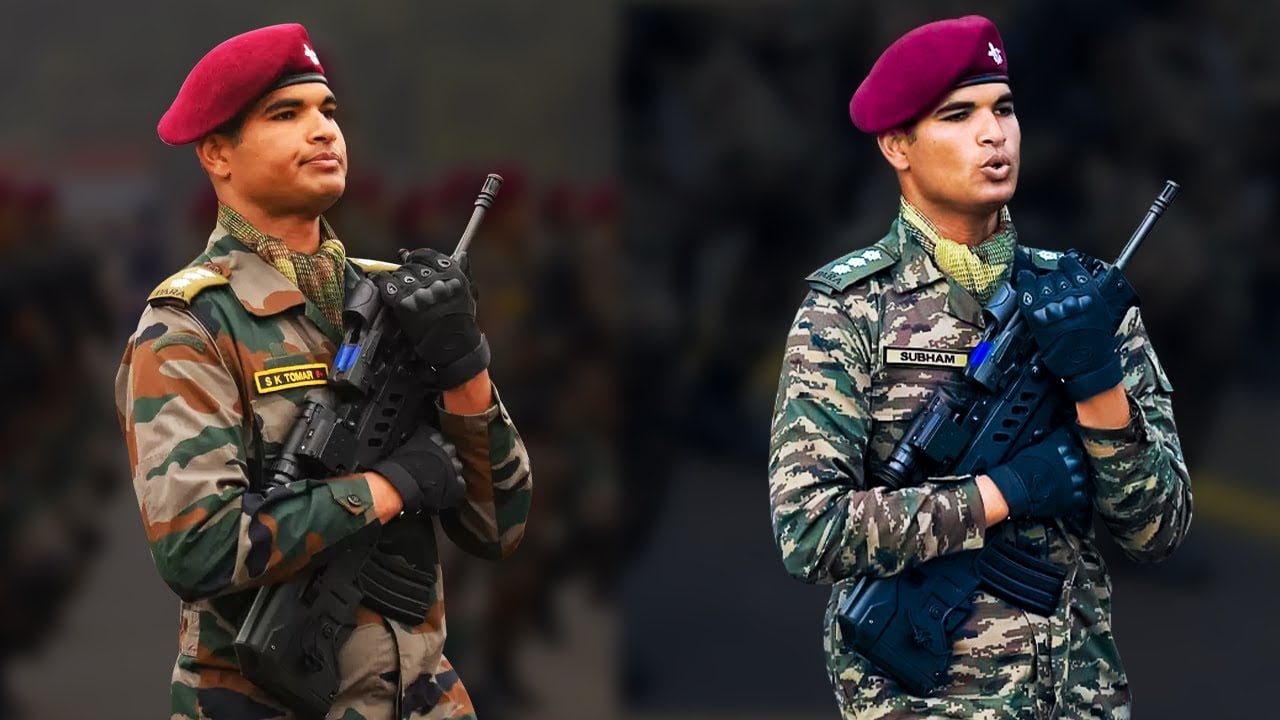


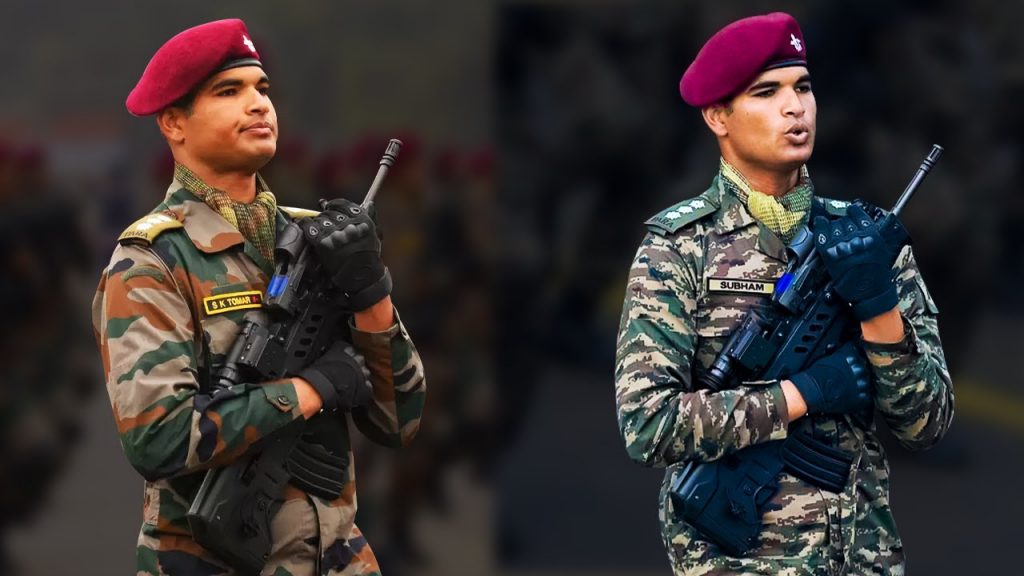



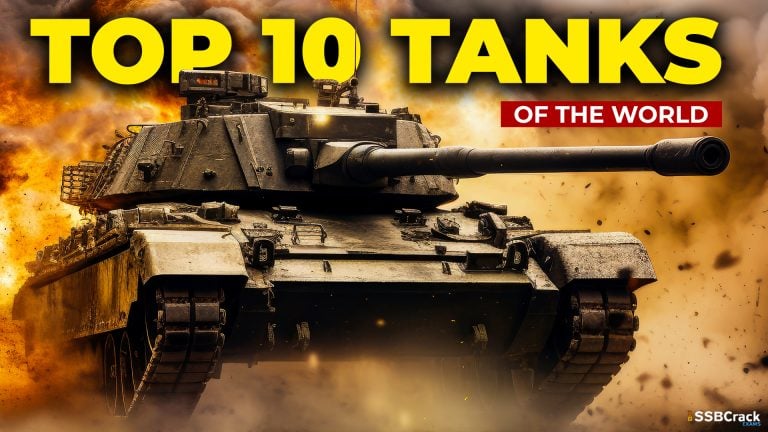
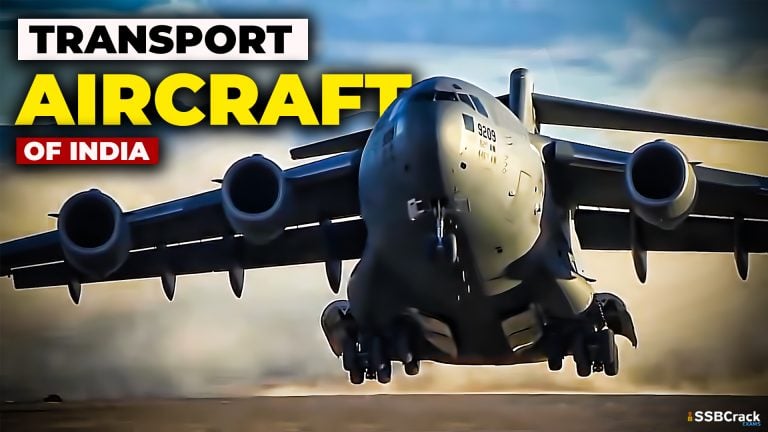
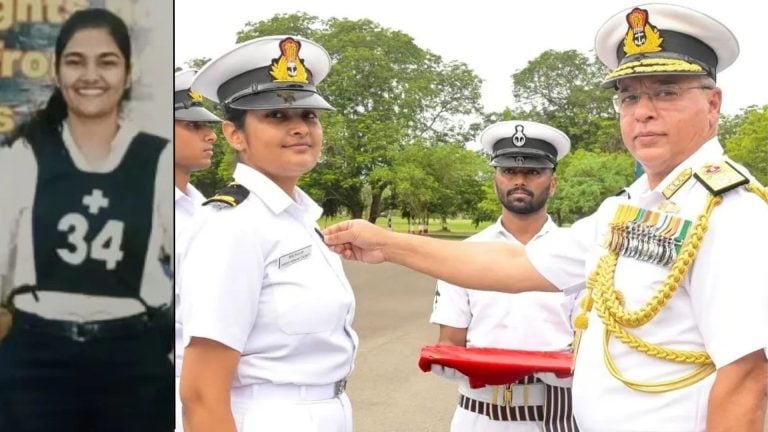


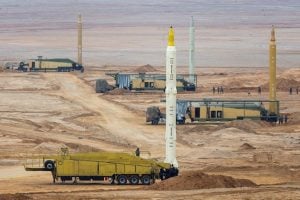

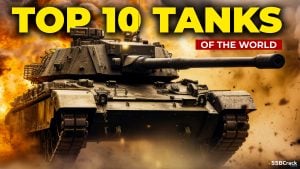
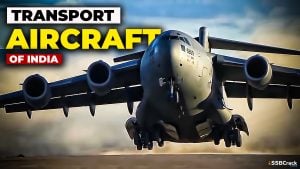




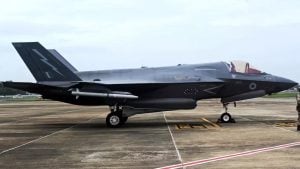

1 thought on “Difference Between Indian Army Old Uniform Vs New Combat Uniform?”
(Vardi ki (Silai. Silna. Singal line. Kyun ki hai?)(Vardi ko Singal DHAGA.se kiun Sila hai?(Dabal Line se VARDI ko Silen.(DHAGA RESHAME. Ka STRONG Hona chahiye.